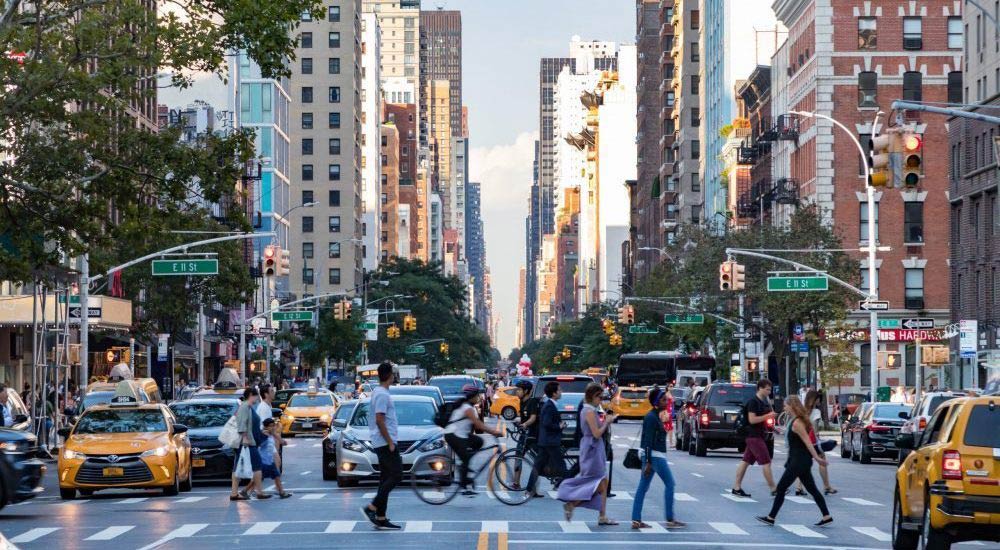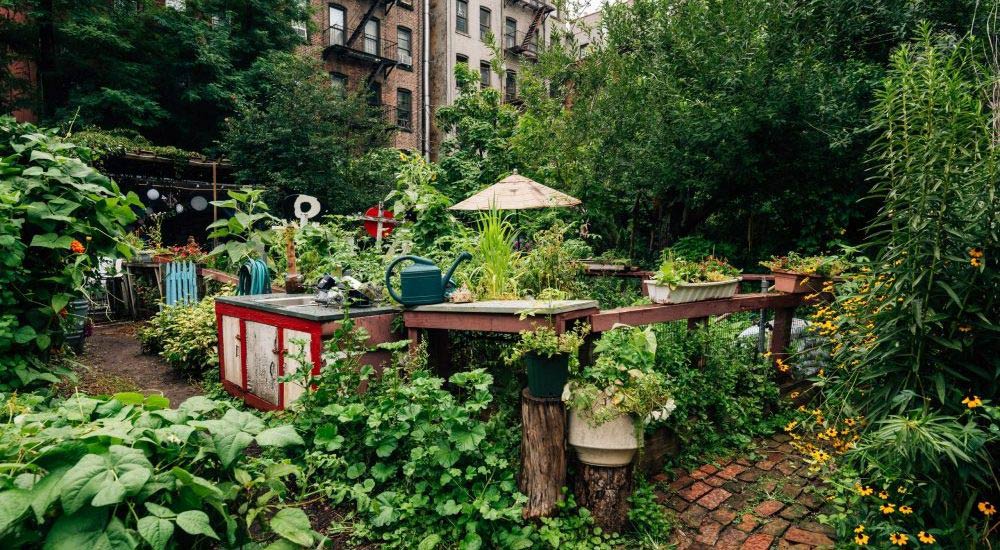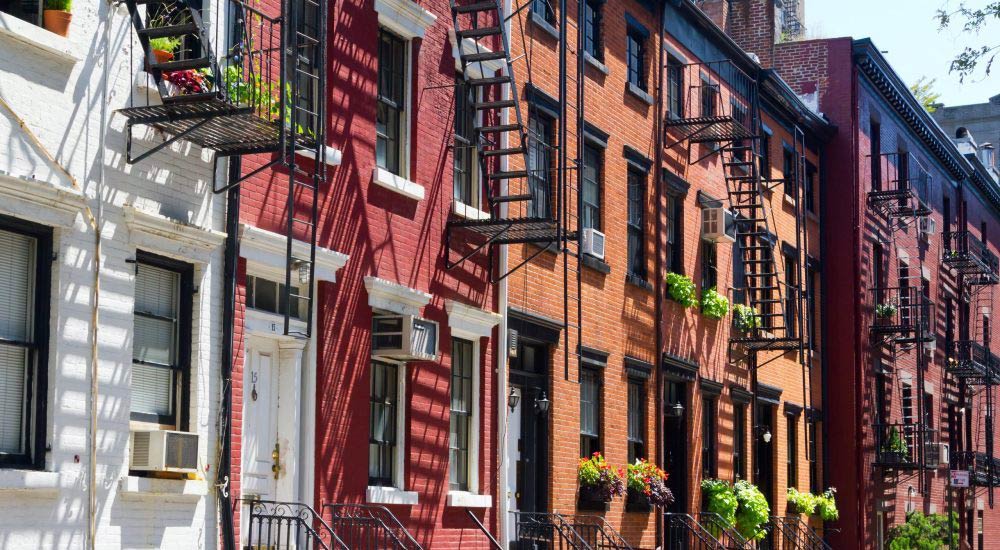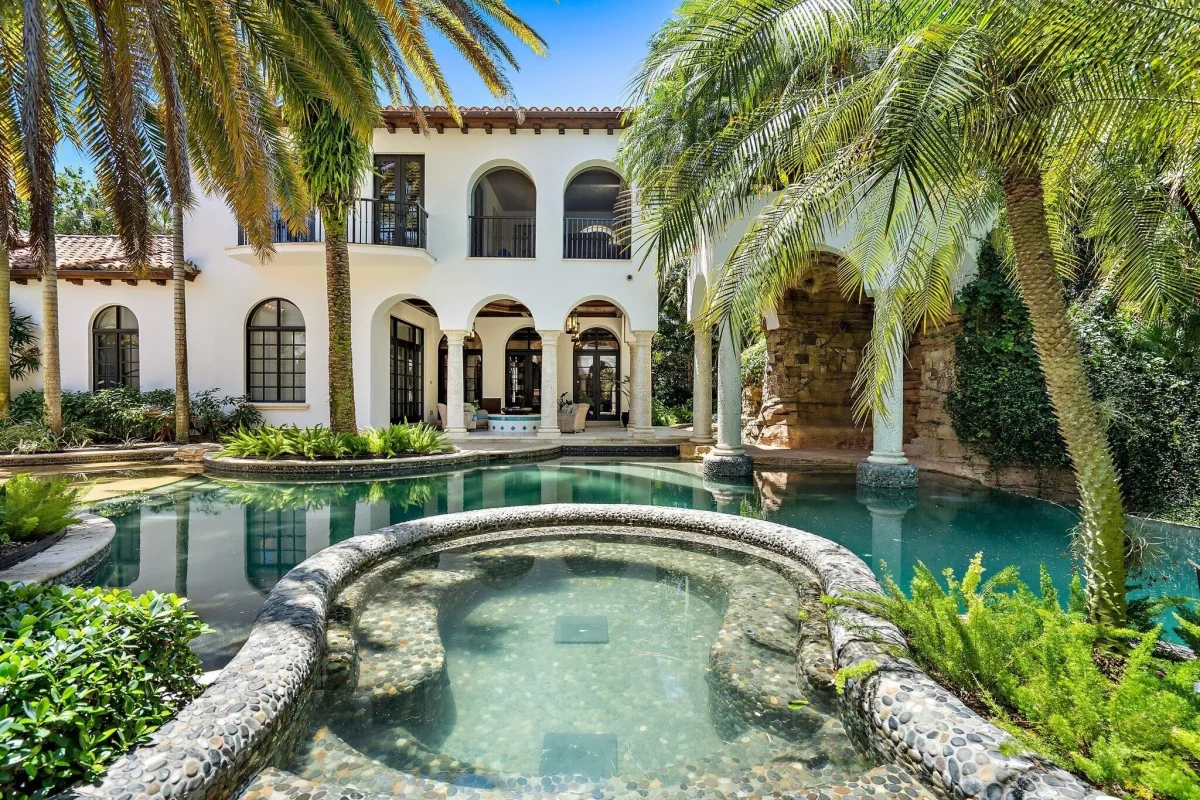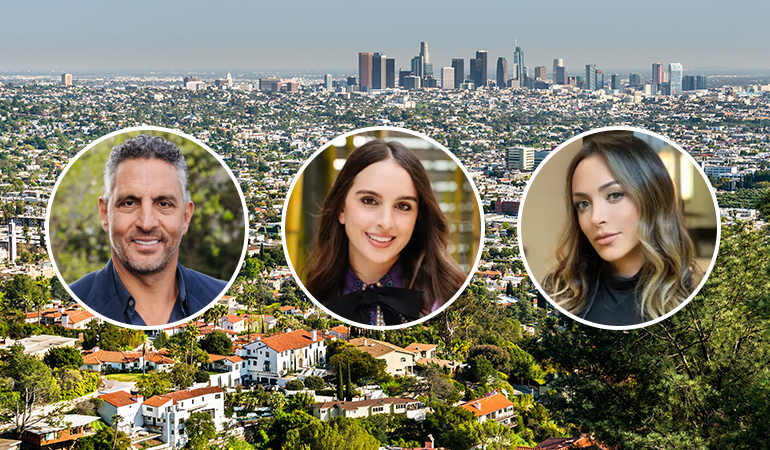MANHATTAN
East Village Neighborhood Guide
The East Village perfectly exemplifies “the city that never sleeps.” The neighborhood has attracted night owls, foodies, music lovers, and creatives since the 1950s. Homes in the area are more affordable than most downtown neighborhoods. The East Village has three sub-neighborhoods: Alphabet City, with avenues named only by a single letter; Little Ukraine, which was established by Ukrainian immigrants who came to the neighborhood in the 1870s; and the Bowery, located on the street of the same name. Two of New York’s oldest and most renowned libraries are located in the East Village: the Ottendorfer and Tompkins Square Library. Residents describe the East Village as lively at night, conveniently located, and filled with beautiful community gardens, world renowned restaurants, and hip bars.
East Village Real Estate Stats
MEDIAN SALE PRICE
MEDIAN RENTAL PRICE
$3,597
An Abbreviated History of The East Village
NEIGHBORHOOD BOUNDARIES
- The East River to the East
- 14th Street to the North
- Third Avenue to the West
- Houston Street to the South
| Second Ave | F |
| Astor Place | 6 |
| Eighth Street-NYU | N R W |
| First Ave | L |
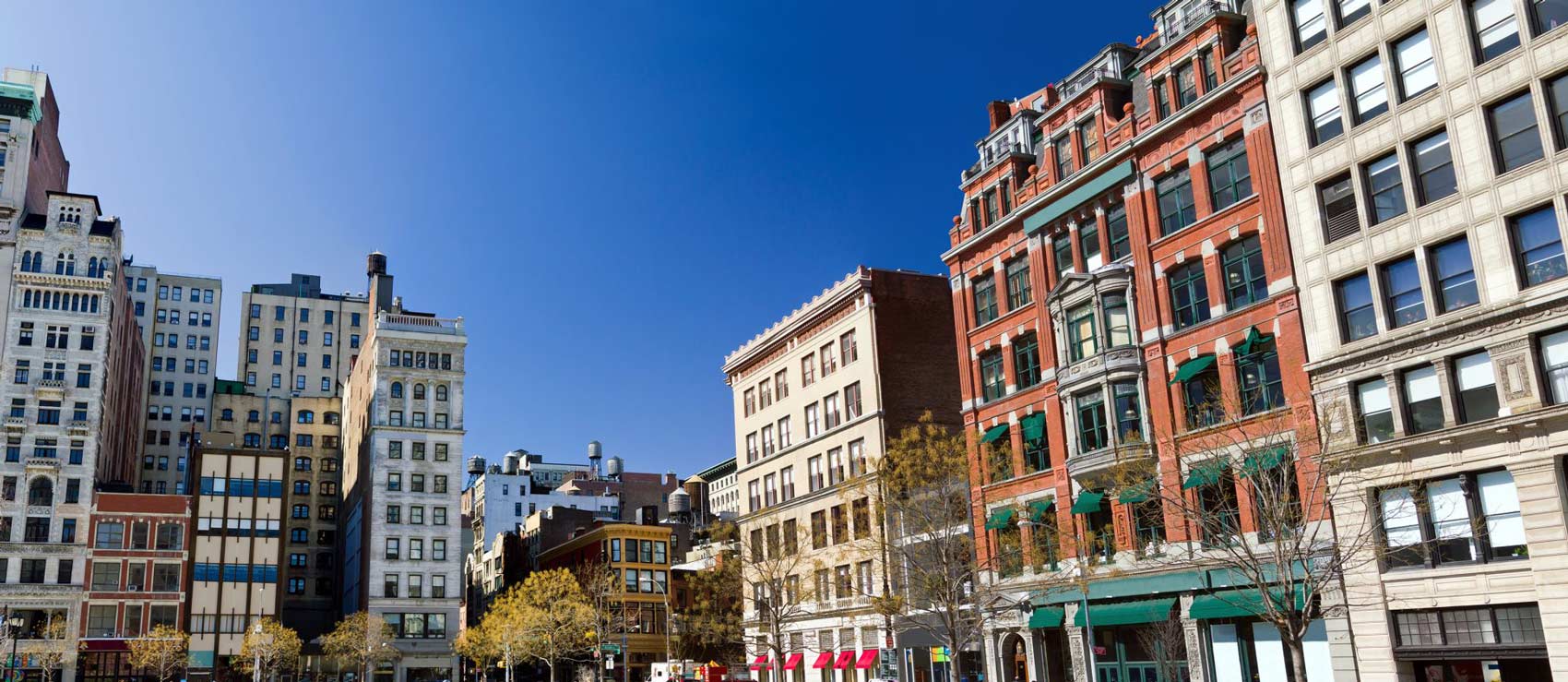
Residents Love This Neighborhood Because
- A plethora of unique community gardens
- The hip, artistic vibe
- World renown restaurants
- Relatively affordable house prices
- Lively nightlife
- Walkable to other exciting areas of the city
What to expect
| Cafés |
+20 |
| Colleges / Universities |
6 |
| Community Gardens |
39 |
| Dog Runs |
2 |
| Libraries |
3 |
| Parks |
5 |
|
Playgrounds |
4 |
|
Restaurants |
+100 |
|
Yoga Studios |
5 |
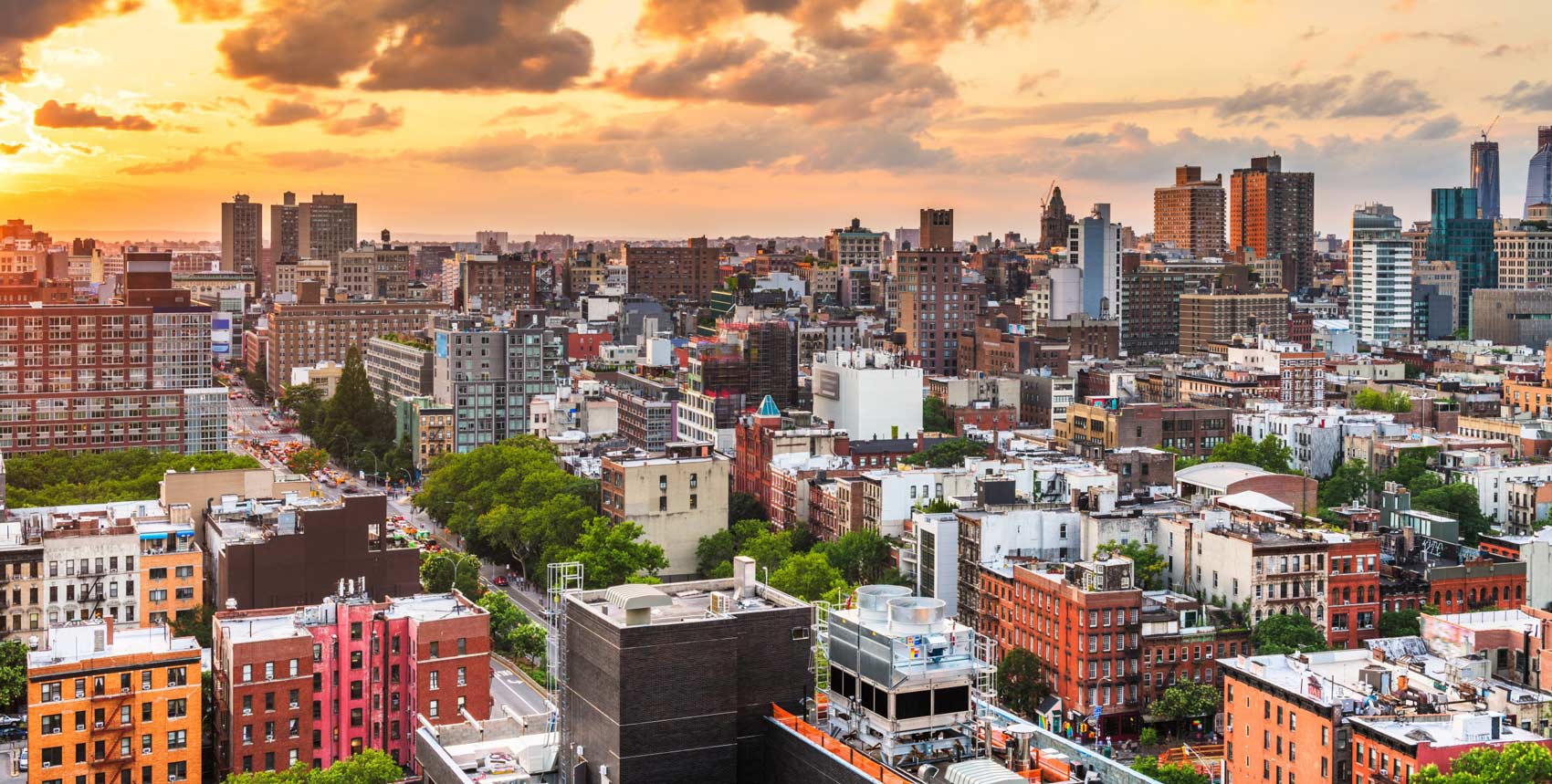
East Village Landmarks and Cultural Institutions
A NEIGHBORHOOD TOUR
Community Gardens
While The East Village is known for its vibrant nightlife, music venues, and assortment of restaurants, the neighborhood is also home to the highest number of community gardens in the country. These beautiful gardens came from the neighborhood’s rich history and community greening initiatives throughout the 70s. One of the first community gardens in New York City was created by Liz Christy, who took her abandoned lot and turned it into a garden. Christy realized the value of community gardens in revitalizing the neighborhood, and created an urban gardening group called the Green Guerillas to promote the idea of urban gardening. The first large-scale community greening initiative occurred in 1975, with New York’s first city-wide community greening conference. This conference was held in the East Village, and it was here that the Green Guerillas encouraged East Village residents to “Turn a lot into a spot!” Born was a movement that populated the neighborhood with green space. This movement helped revitalize the neighborhood and earn its status as one of the best places to live in New York today. Residents can pay a membership fee to join a garden and commit to looking after it for a set number of hours a week. These commitments help keep the gardens healthy and beautiful, and help the residents of the city stay connected to nature.
The New York Marble Cemetery
In 1830, New York City banned coffin burials because of yellow fever outbreaks. This ban ultimately led to an influx in underground vault burials. An architect by the name of Perkins Nichols seized the opportunity and installed 156 marble vaults about ten feet underground in order to accommodate the new mandate. Many famous and wealthy families immediately bought the vaults. In fact, the popularity of this cemetery was so great that another cemetery, The New York City Marble Cemetery, was built just around the corner. The New York Marble Cemetery is the oldest non-denominational cemetery in NYC and is open for tours at least once a month, April through October.
Metropolitan Savings Bank Building
The Metropolitan Savings Bank Building, while originally operating as a bank, is now used as a church for the First Ukrainian Evangelical Pentecostal Church. When the building opened in 1867, its fireproof structure was unorthodox at the time; sections of the building were made of iron to protect the bank, while the facade was built with marble to withstand fire. In 1969 the building was designated as a New York City landmark.
Tompkins Square Park
Named after Daniel D. Tomkins, Vice President of the United States, Tompkins Square Park sits in Alphabet City within the East Village. Tompkins Square Park is quite lively and its facilities include a dog park, skate park, basketball courts, ping pong table, and playground. Many annual events are held in the park such as the outdoor drag festival Wigstock, the Charlie Parker Jazz Festival, the beloved Halloween Dog Parade, and the New Village Musical Festival.
John v. Lindsay East River Park
Architecture In The East Village
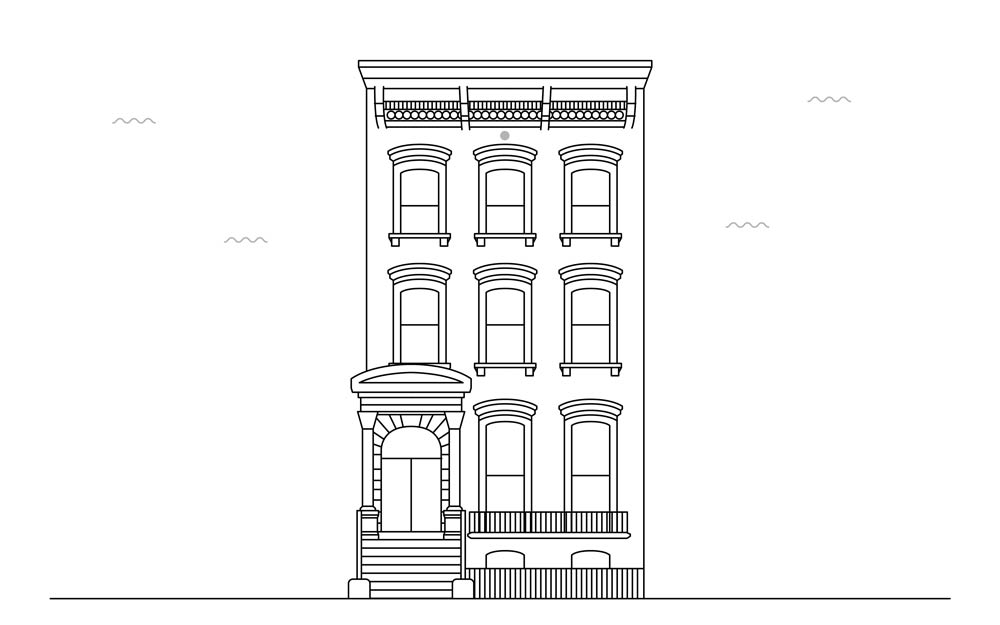
Italiante
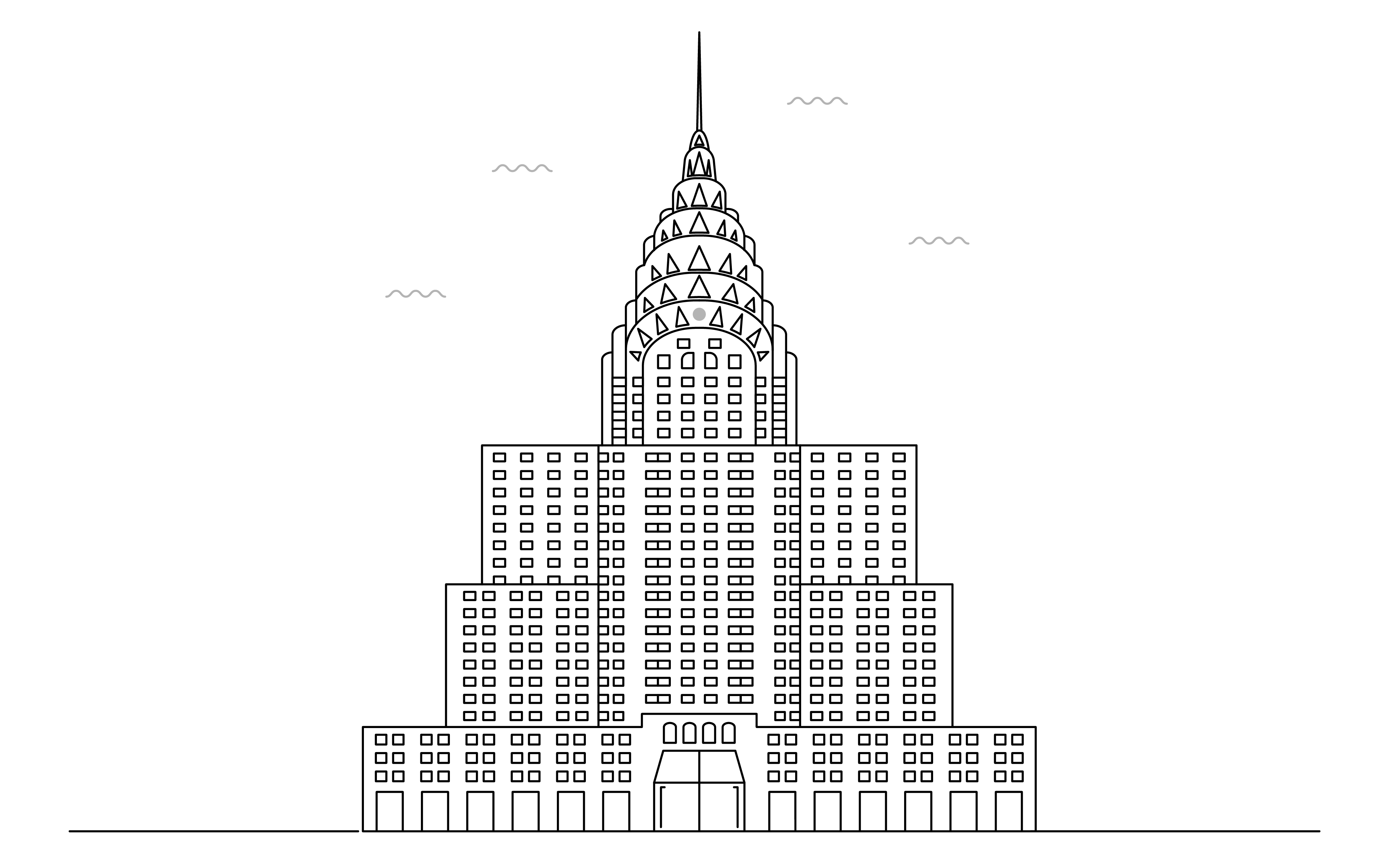
ART DECO
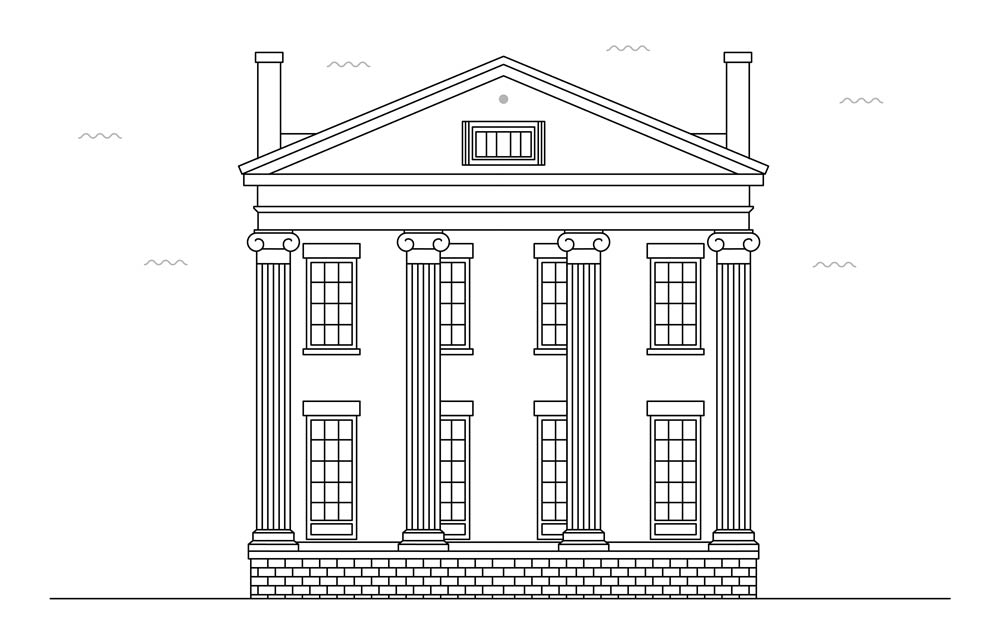
Greek Revival
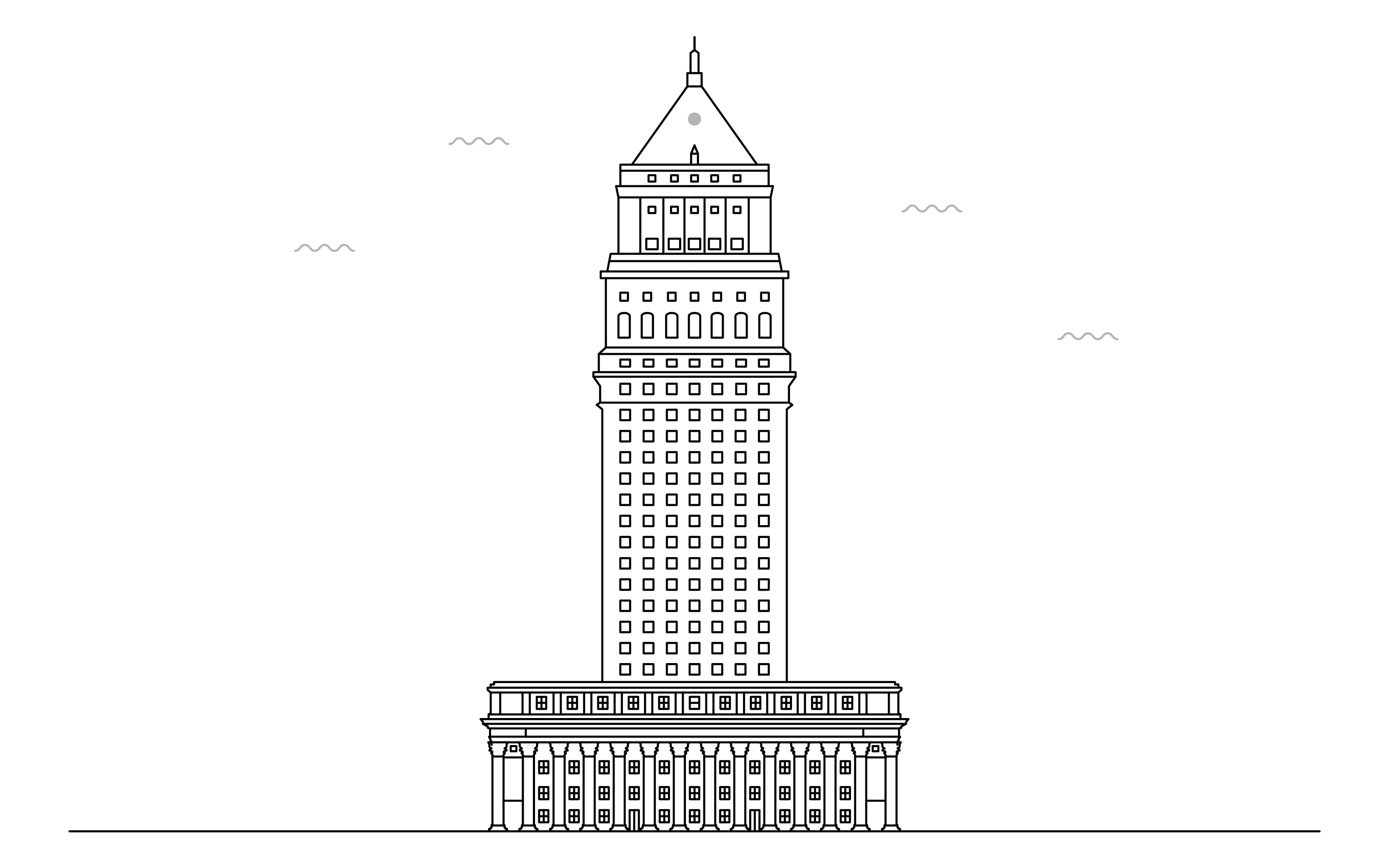
CLASSICAL
Notable New Yorkers
Who Have Lived in The East Village

DANIEL RADCLIFFE
Actor
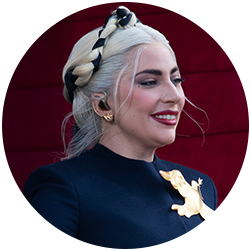
LADY GAGA
Musician, Actress
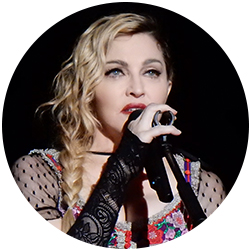
MADONNA
Musician

ROSARIO DAWSON
Actress

DAVID SCHWIMMER
Actor

SARAH HYLAND
Actress

JOHN LEGUIZAMO
Actor
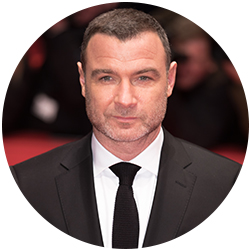
LIEV SCHREIBER
Actor
Popular Food & Drink

OIJI
119 1st Avenue
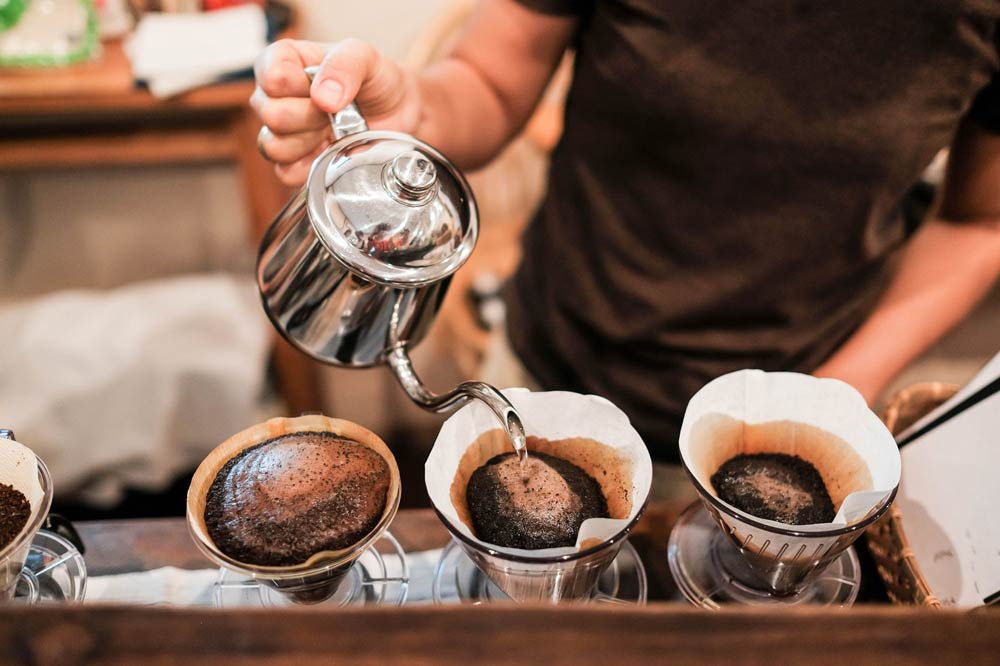
THE ROOST
222 Avenue B

MOMOFUKU KO
8 Extra Place

Tuome
536 East 5th Street

Tsukimi
228 East 10th Street

Kanoyama
175 2nd Avenue
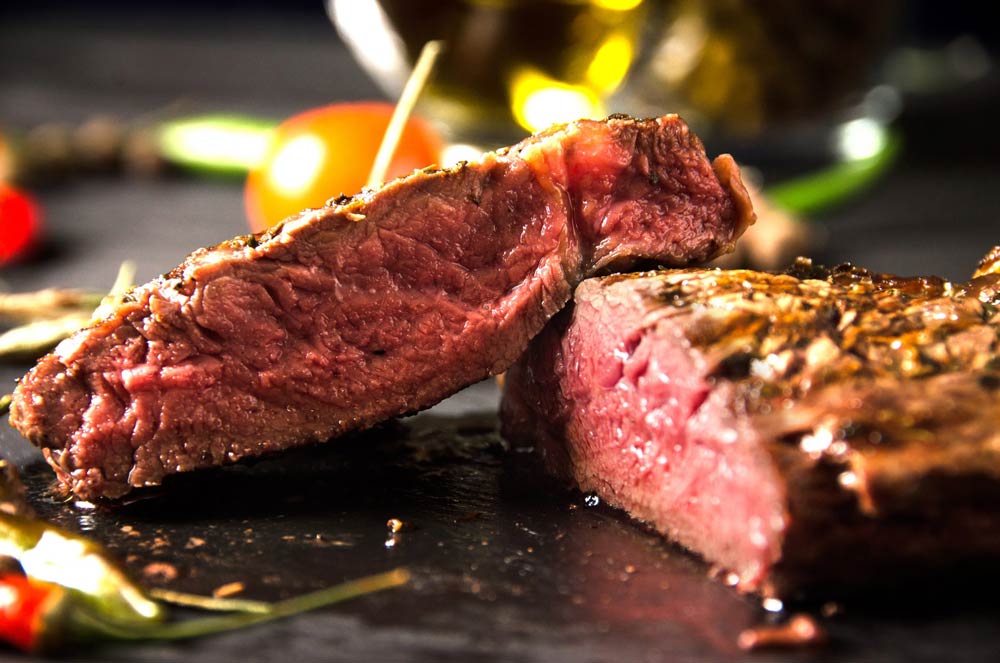
Lucien
14 1st Avenue
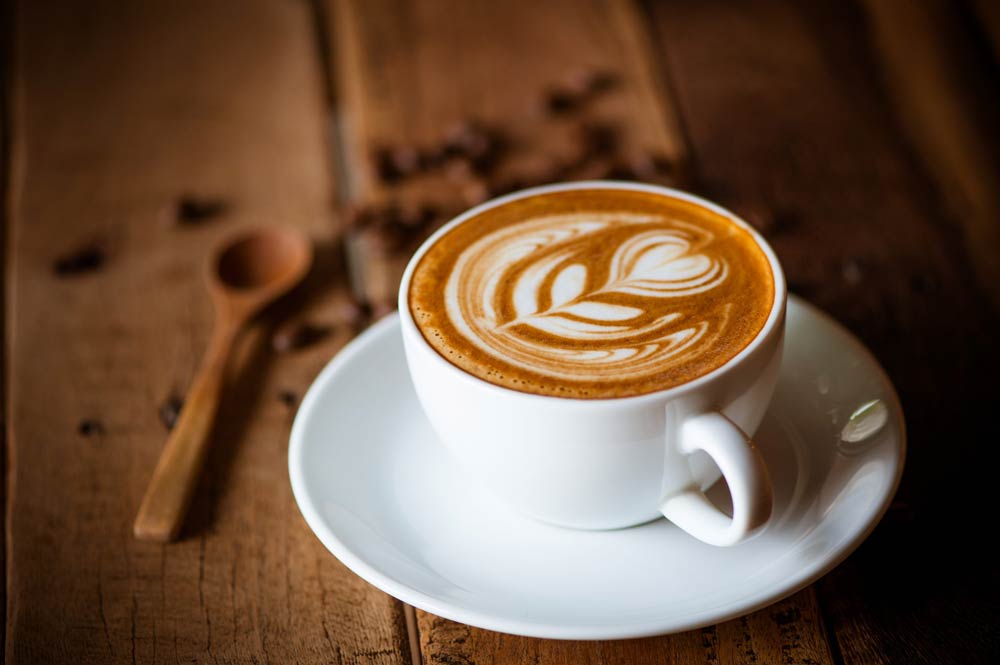
B Cup Cafe
212 Avenue B
All Notable New Yorker photos courtesy of Wikipedia via Wikimedia Commons. Photo of Anne Hathaway by Rene G; Photo of John Oliver by Neil Grabowsky; Photo of Tina Fey by Mingle Media TV; Photo of Yoko Ono by Earl McGehee; Photo of Jerry Seinfeld by slgckgc; Photo of Gayle King by U.S. Department of State from United States; Photo of Jordan Peele by Peabody Awards; Photo of Michael Strahan by Felicia Juenke;

